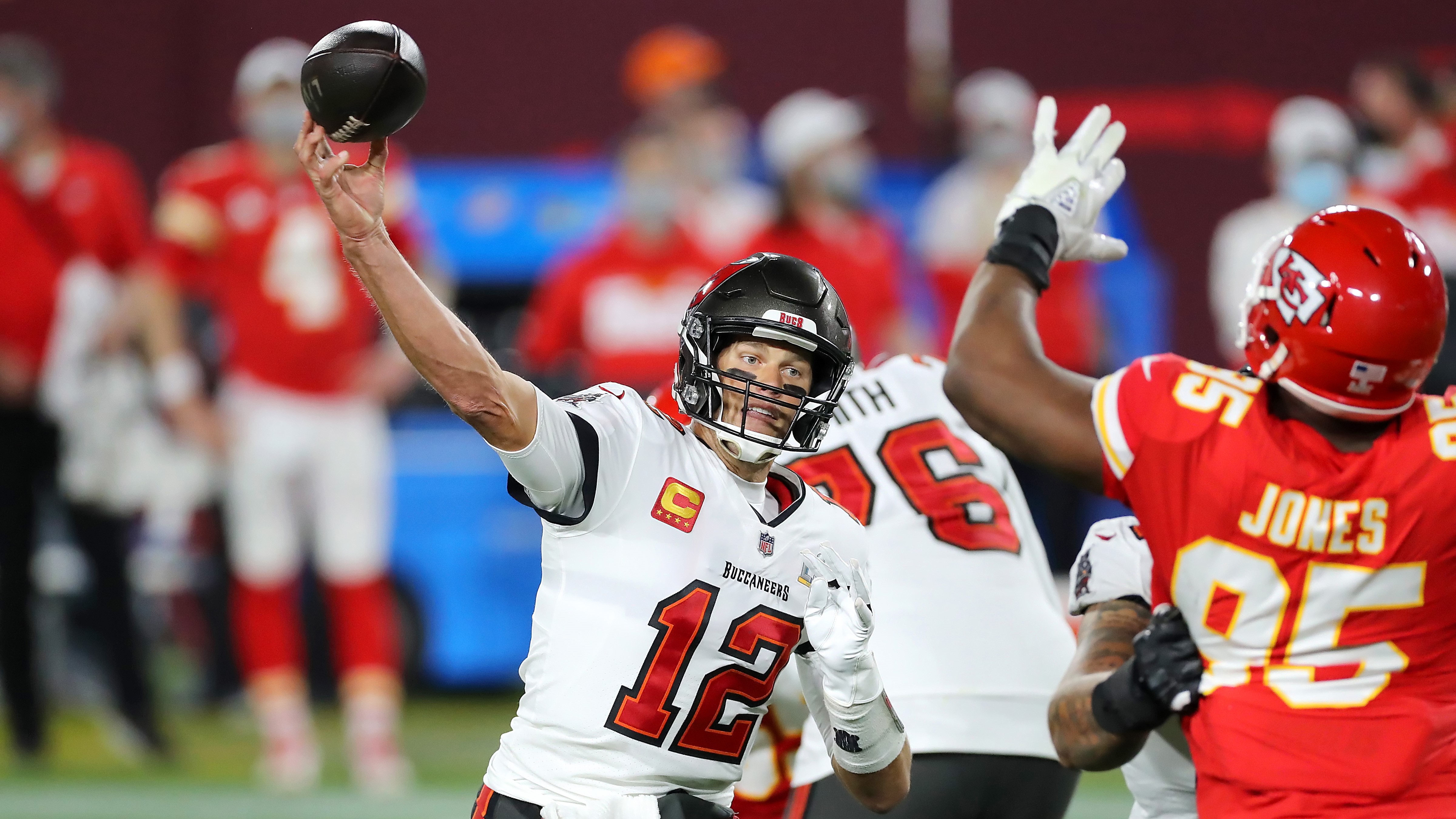UPDATED: VAB Study Finds Nielsen Undercount Cost Networks $700M
Nielsen erroneously excluded out of home viewing by broadband only homes from Sept. 2020 to Dec. 2021, which hurt ratings for live and high profile events, a new VAB report said

NEW YORK—The Video Advertising Bureau has issued a new report showing that Nielsen’s previously admitted mistake of undercounting out of home (OOH) viewing resulted in major losses for TV networks, with $350 million in losses from May to November of 2021 and total losses exceeding $700 million between September 2020 and December 2021.
Nielsen admitted on December 22, 2021 that due to an internal error, out of home (OOH) viewing for broadband-only homes had not been included in national TV audience estimates between September of 2020 and December of 2021.
Those undercounts, the VAB said, particularly impacted audiences for live sports, news and high-profile “can’t miss” programs, “tent-pole” events and specials.
This mistake “compounds Nielsen’s first admitted 2021 error of undercounting TV audiences during Covid” between March 2020 and at least May 2021, the VAB report said.
Nielsen has however strongly disputed the VAB estimates, saying the impact was "very small" for the majority of telecasts.
"We reviewed the information shared by the VAB today, and while we acknowledge the understatement in a portion of our National out-of-home audiences, we stand by our prior statements that the magnitude of the issue was very small for the majority of telecasts," Nielsen said in a statement.
The Media Rating Council (MRC) also issued a statement saying its analysis of the undercounts had been incorrectly applied by the VAB study.
Get the TV Tech Newsletter
The professional video industry's #1 source for news, trends and product and tech information. Sign up below.
To assess the impact, the VAB analyzed an eight month period (May to December 2021) of the total 16 month period.
It concluded that “almost 30 billion ad impressions went uncounted with only half of the months reported thus far” between May to December 2021 and that “over $350 million in TV ads could not be bought or sold between May to November 21,” with December data not yet available.
The VAB estimates that the $350 million losses was about 44% of the 16 month total and that total losses for the full period could exceed $700 million.
The report also detailed that the undercounts had a particularly large impact on younger audiences, with 10.5 billion 18-34 ad impressions being lost and among Blacks (7 billion lost impressions) and Hispanics (5 billion lost impressions) between May to December 2021.
Live sports was the most affected genre with the top 5 programs resulting in a loss of $50 million in ads that could not be bought or sold.
The report concluded that nearly 400,000 people were not counted in the Primetime ratings every night from May-December 2021.
"The only thing worse than Nielsen’s admitted error of sixty-five consecutive weeks of undercounting TV viewing was their claim of ‘no impact to minimal impact’ from that blunder," said Sean Cunningham, president and CEO, VAB. "We now know that error is tracking towards 60 billion lost TV impressions and $700 million worth of TV ads that marketers couldn’t buy because of Nielsen’s second admitted case of 2020-2021 pervasive undercounting."
“Nielsen’s last two admitted errors combined may have taken over two billion dollars’ worth of TV ads out of the 2020-2021 marketplace just as Nielsen was first denying and then downplaying it all," Cunningham added. "These combined Nielsen errors of wrong numbers and minimal disclosure need to serve as the opposite example of what the buy/sell multiscreen TV marketplace needs from its next set of currency providers, including Nielsen."
More details are available in the full report here.
The report was released by VAB in Collaboration with Measurement Innovation Task Force.
George Winslow is the senior content producer for TV Tech. He has written about the television, media and technology industries for nearly 30 years for such publications as Broadcasting & Cable, Multichannel News and TV Tech. Over the years, he has edited a number of magazines, including Multichannel News International and World Screen, and moderated panels at such major industry events as NAB and MIP TV. He has published two books and dozens of encyclopedia articles on such subjects as the media, New York City history and economics.

